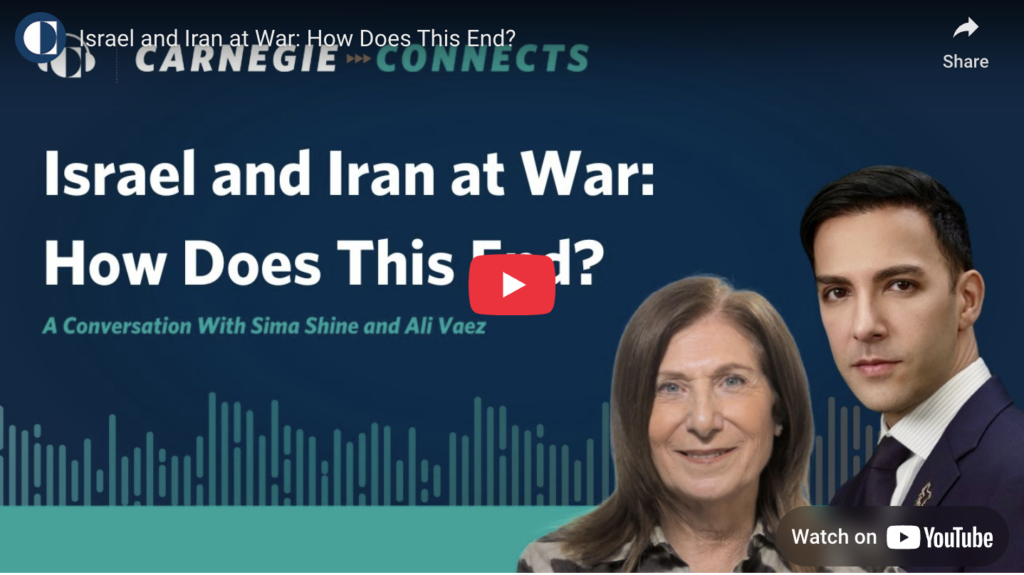This report updates the monthly seasonal patterns of 32 major Nominal Effective Exchange Rates (NEERs) going back to May 2010, using over 90,000 daily data points with trade-weights derived from the BIS (April 2019) and national central banks (see Nominal Effective Exchange Rates: Monthly seasonal patterns, 10 January 2019).
A number of factors can drive currency seasonality, including underlying seasonal patterns in balance of payment flows, the timing of public holidays and market liquidity. However, major domestic or international events (e.g. Brexit) or significant changes in central bank or government policy can break down even well established seasonal currency patterns.
Based on average (rather than month-end) data, monthly NEER seasonality in the past nine years has been very low in low-yielding Non-Japan Asian currencies, EUR and ROL and elevated in high-yielding emerging market currencies and to a lesser extent JPY.
In December, seasonality has been modest with a few exceptions. CHF and NZD have been the strongest currencies, appreciating on average by 0.7% mom and 0.6% mom respectively but this equates to less than one standard deviation. SEK, ZAR and PHP have appreciated respectively 0.5%, 0.5% and 0.3%, or by just over one standard deviation.
Conversely, ARS has been weakest currency in December, depreciating on average by close to 3% (<1 standard deviation). RUB, JPY, NOK and PLN have historically weakened respectively 2.0%, 1.4%, 1.1%, 0.7% – equivalent to just over one standard deviations.
So far in November, COP, RUB, SEK, CZK and MXN have been particularly strong relative to historical seasonality. We attribute SEK outperformance to a more hawkish Riksbank. Conversely, CLP and to a lesser extent ARS and USD have been particularly weak, with the Dollar so far in November 2019 down about 0.2% mom.
Since May 2010 USD NEER has recorded the fastest pace of appreciation (27%), followed by the CHF (26.8%), THB (20%), CNY (16.3%), SGD (13.1%) and TWD (12.8%). Commodity currencies – NOK, AUD and CAD – have all depreciated about 20%.
The case for looking at Nominal Effective Exchange Rate (NEER) seasonality
This report updates the monthly seasonal patterns of 32 major Nominal Effective Exchange Rates (NEERs) going back to May 2010 (i.e. 113 months), using over 90,000 daily data points, with trade-weights derived from the BIS (April 2019) and national central banks (see Nominal Effective Exchange Rates: Monthly seasonal patterns, 10 January 2019).
The NEER is a trade-weighted average of nominal bilateral rates between a country’s currency (e.g. the Dollar) and the currencies of this country’s main trading partners (in the case of the United States, namely the Chinese Renminbi, Euro, Mexican Peso, Canadian Dollar, Japanese Yen, Korean Won and Sterling). For this reason the NEER is also referred to as the Trade-Weighted index (TWI). Please see below for further details about our calculations Methodology.
Most (if not all) studies of currency seasonality tend to focus on crosses versus the Dollar (e.g. EUR/USD, USD/JPY) as they are amongst the most actively traded crosses. Moreover, in many cases the Dollar has a large weight in currencies’ NEERs as the United States is a major trading partner for many economies (for example the Dollar has a 54% weight in the Mexican Peso NEER according to the BIS).
However, that is not always the case. For example, the Dollar accounts for only 11% of the Thai Baht NEER. So while the Thai Baht may be seasonally weak versus the Dollar in a particular month, the Thai Baht NEER may be seasonally strong that month if its other, more heavily-weighted constituent currencies, including the Chinese Renminbi and Japanese Yen, are even weaker versus the Dollar that month.
Ultimately the NEER provides a more accurate overall picture (than the exchange rate versus the Dollar or other individual currencies) of a country’s currency and trade competitiveness and of the risks of imported inflation/deflation. Therefore, central banks particularly in open economies (including the People’s Bank of China) arguably attach greater importance to the NEER when setting monetary policy. The Monetary Authority of Singapore (MAS) explicitly targets the Singapore Dollar NEER, keeping it in undisclosed bands.
A number of factors can drive monthly currency seasonality, including (sometimes well known) underlying seasonal patterns in a country’s balance of payments (e.g. exports, tourism receipts, worker remittances and capital flows) which themselves could be due to the timing of public holidays and the depth of market liquidity. However, even well established seasonal patterns of monthly outperformance or underperformance can quickly break down due to major domestic and/or global events (e.g. Brexit related development for Sterling) or significant changes in government or central bank policies.
Limited seasonality in Asian low-yielders and Euro, elevated seasonality in high-yielders
Based on average (rather than month-end) data, monthly NEER seasonality in the past nine years has been very low in low-yielding Non-Japan Asian currencies (in particular the Singapore Dollar NEER which MAS actively manages), the Danish Krone (pegged to the Euro), the Euro and Romanian Leu (see Figure 2). Conversely, monthly NEER seasonality has been elevated in high-yielding emerging market currencies (highlighted in red) and to a lesser extent the Japanese Yen.
Seasonality in major currencies modest in December, with a few exceptions
NEER seasonality in the month of December has been modest in the past nine years, with a few exceptions. None of the 32 major currencies analysed has on average appreciated or depreciated in the month of December by more than 1.3 standard deviations.
The Swiss Franc and New Zealand Dollar have been the strongest currencies, appreciating on average by 0.7% month-on-month and 0.6% mom, respectively (see Figure 1). However, this equates to variations of less than one standard deviation, according to our estimates (see Figures 3 & 4 with red line the average and dotted red lines +/- one standard deviations).
The Swedish Krona, South African Rand and Philippines Peso have appreciated respectively 0.5% mom, 0.5% mom and 0.3% mom on average in December (see Figure 1). In all three cases this equates to an appreciation of about one standard deviation (see Figures 5-7). However, the Rand NEER has been erratic in the month of December, depreciating in 2013-2015 and 2018 (see Figure 8). The Philippines Peso NEER tends to post the strongest gains in November and December, which we partly attribute to the seasonal increase in remittances from Philippines workers abroad in the run-up to Christmas.
Conversely, the Argentine Peso has been the weakest currency in December, depreciating on average by close to 3% (see Figure 1). However this equates to less than one standard deviation (see Figure 9). Indeed the Argentine Peso NEER has on average depreciated by about 2.1% mom in the other eleven months of the year.
The Russian Rouble, Japanese Yen, Norwegian Krone and Polish Zloty have weakened respectively 2.0%, 1.4% mom, 1.1% mom, and 0.7% mom on average in December, in the past nine years (see Figure 1), which in all four cases equates to one or more standard deviations (see Figures 10-13).
The US Dollar has on average appreciated 0.6% mom in December, which equates to about 0.9 standard deviations (see Figure 14). However, the Dollar was broadly flat month-on-month in both December 2017 and December 2018.
Not all currencies have stuck to November seasonal patterns
So far in November 2019, the Colombian Peso, Russian Rouble, Swedish Krona, Czech Crown and Mexican Peso and have been particularly strong relative to historical seasonality in the month of November (see Figure 15). We attribute the Swedish Krona’s outperformance to a more hawkish Riksbank, with the central bank having indicated at its latest meeting on 23rd October that it would raise its policy rate (currently -0.25%) at its next meeting on 18th December.
Conversely, the Chilean Peso and to a lesser extent the Argentine Peso and US Dollar have been particularly weak. Chile has been beset by domestic political tensions and widespread social unrest in recent months and there has arguably been some (limited) contagion from the Chilean Peso to the Argentine Peso (see Depressed FX volatility allows for few surprises, 22 November 2019).
The Dollar NEER has appreciated every November in the past nine years, by an average 1.2% (see Figure 14). However, so far in November 2019 it is down about 0.2% mom (see Figure 16) despite its slow and steady climb (see Figure 17).
Long-term NEER performance – Dollar, Swiss Franc and Asian currency outperformance
Since 2 May 2010, the Dollar NEEER has recorded the fastest pace of appreciation (27%), followed by the Swiss Franc (26.8%), Thai Baht (20%), Chinese Renminbi (16.3%), Singapore Dollar (13.1%) and Taiwan Dollar (12.8%). Commodity currencies – the Norwegian Krona and Australian and Canadian Dollars – have all depreciated about 20% (see Figure 18).
Methodology behind the monthly NEER seasonality
Step 1
We calculate daily Nominal Effective Exchange Rates (NEERs) using:
I. Daily spot/close data;
II. Federal Reserve, European Central Bank and Bank of England trade-weights for for the Dollar, Euro and Sterling NEERs; and
III. Bank of International Settlement trade-weights (updated in April 2019) for the other 29 NEERs.
Step 2
We calculate average monthly NEERs going back to May 2010, percentage changes and average percentage changes for each of the twelve month of the year.
Step 3
We calculate standard deviations for these average monthly percentage changes.


















